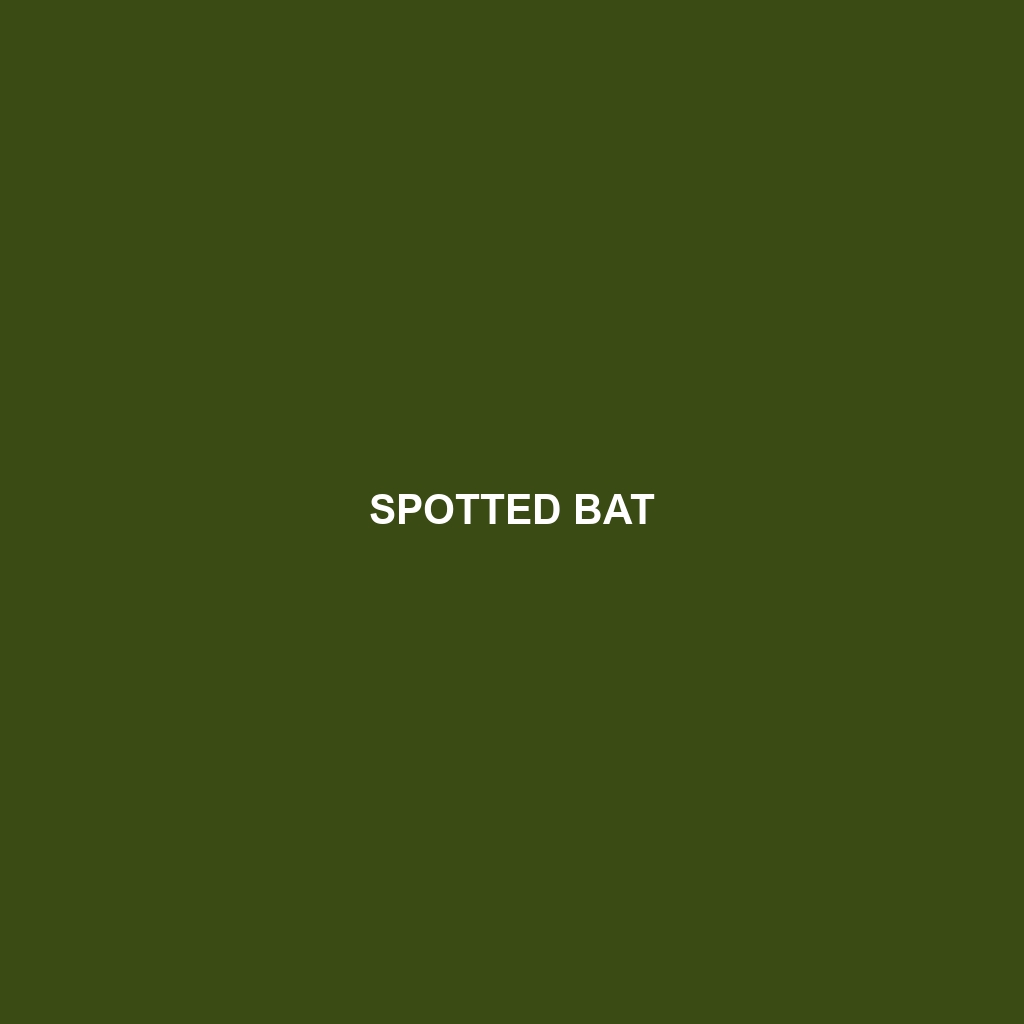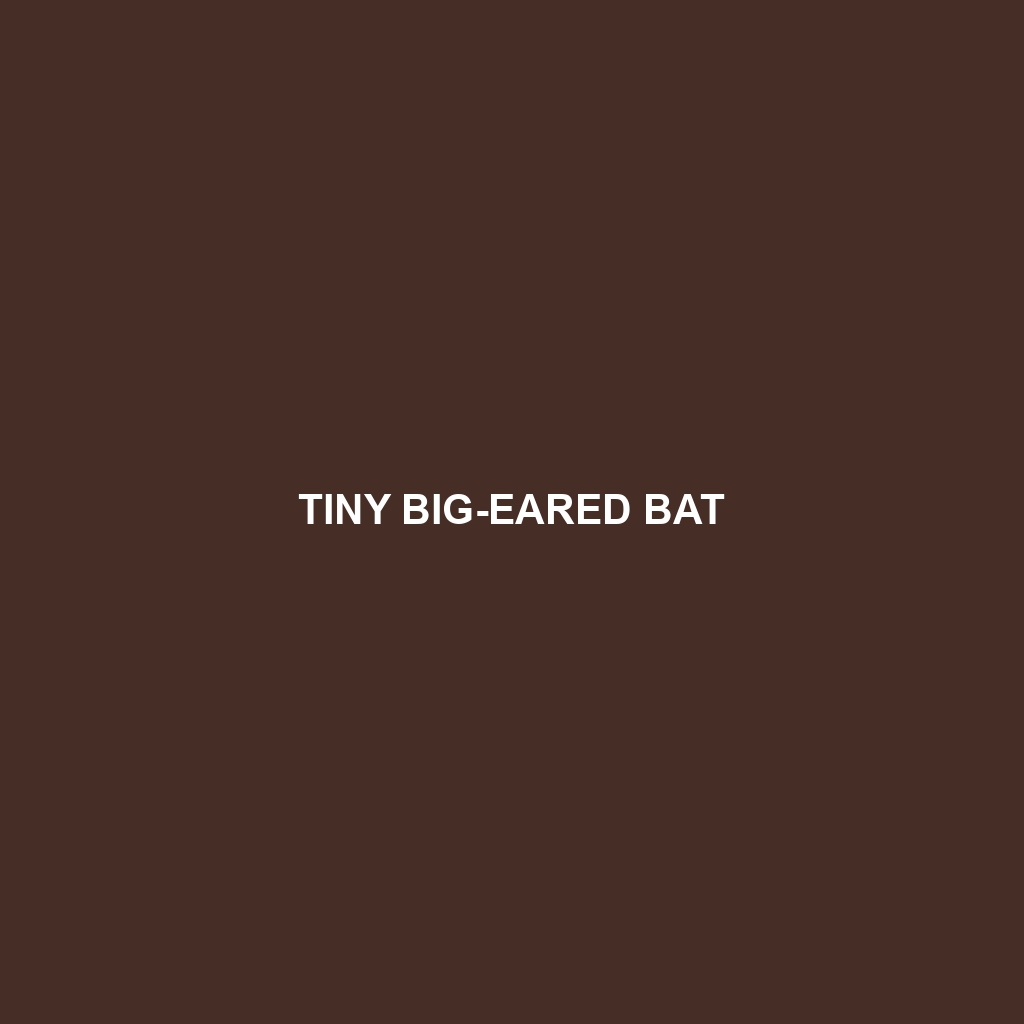Cyrtodactylus tebuensis, a vulnerable gecko species from the limestone hills and tropical forests of Southeast Asia, is known for its distinctive coloration, nocturnal behavior, and insectivorous diet. This agile reptile plays a crucial role in maintaining ecological balance while utilizing its remarkable ability to blend into rocky environments for survival.
Tag: insect populations
Ceratophora erdeleni
<p><b>Ceratophora erdeleni</b>, also known as the Sri Lankan Horned Lizard, is a vibrant green lizard native to the humid rainforests of Sri Lanka, characterized by its unique horn-like structures and arboreal behavior. This species plays a vital role in the ecosystem by controlling insect populations and serves as both predator and prey within its diverse habitat.</p>
Anolis lososi
Discover the Anolis lososi, a vibrant lizard found in the tropical forests of the Caribbean, measuring 4 to 6 inches in length with a stunning color range from green to brown. Known for their agile climbing and intricate mating rituals, these insectivorous reptiles play a vital role in their ecosystem by controlling insect populations.
Daubenton’s Myotis
Discover the fascinating world of Daubenton's Myotis (Myotis daubentonii), a medium-sized bat renowned for its agile flight and unique feeding habits over freshwater surfaces. Found across Europe and parts of Asia, this nocturnal species plays a crucial role in controlling insect populations, often catching up to 600 insects per hour. Learn about their habitat, social behaviors, and the vital ecological contributions they make, all while ensuring their populations remain stable amidst environmental threats.
Spotted Bat
Discover the fascinating world of the Spotted Bat (Lasionycteris noctivagans), a medium-sized, nocturnal mammal known for its distinctive white spots and large ears. Native to the western United States and parts of Mexico, this vulnerable species plays a crucial role in controlling insect populations and maintaining ecological balance. Learn about its habitat, behavior, and the conservation efforts underway to protect this intriguing creature.
Zulu Serotine
Discover the intriguing world of the Zulu Serotine, a medium-sized bat found in the grasslands and forests of southern and eastern Africa. Renowned for its remarkable echolocation skills and agile flight, this nocturnal predator preys on a variety of insects, playing a vital role in maintaining ecological balance. Learn about its habitat, behavior, and conservation status while uncovering fascinating facts about this adaptable species that thrives even in urban environments.
Large-headed Serotine
Discover the fascinating world of the Large-headed Serotine, a unique bat species known for its impressive size and acrobatic flying abilities. Found across Europe and Asia, this nocturnal creature plays a vital role in controlling insect populations and thriving in diverse habitats. Learn about its dietary habits, reproductive behaviors, and the conservation efforts necessary to protect this vulnerable species and its ecosystem.
Arabian Pipistrelle
Discover the fascinating world of the Arabian Pipistrelle, a small yet vital bat species found in the arid regions of the Middle East. With its remarkable adaptability, nocturnal foraging behavior, and role as a natural pest controller, this species plays an essential part in maintaining ecological balance. Learn more about their habitat, physical characteristics, and conservation status in our comprehensive blog post.
Tiny Big-eared Bat
Discover the fascinating world of the **Common Big-eared Bat** (*Idionycteris phyllotis*), a nocturnal creature known for its remarkable echolocation skills and large ears. Found in caves and hollow trees across the western U.S. and Mexico, these bats play a vital role in ecosystems by managing insect populations. Despite their importance and unique behaviors, they face threats that have led to their vulnerable status, prompting ongoing conservation efforts.









